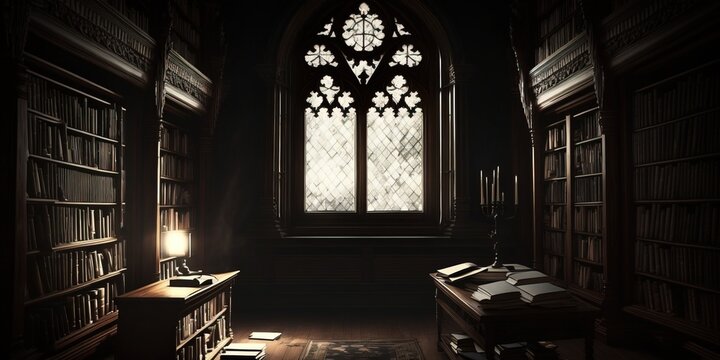
FAQ About Gothic Literature
Gothic Literature
2 years ago | gizem
How does gender play a role in Gothic Literature?
Gender plays a complex and multifaceted role in Gothic Literature. The genre often explores societal norms, power dynamics, and the roles of men and women in ways that reflect the broader social and cultural contexts of the time. Here are some key aspects of the role of gender in Gothic Literature:
- Depiction of Female Characters: Many Gothic novels feature strong and complex female characters. These women often defy traditional gender roles and expectations, asserting their independence and agency. However, they may also be vulnerable to exploitation and danger.
- Damsels in Distress: While some female characters in Gothic literature are assertive and resourceful, others are depicted as vulnerable damsels in distress, requiring rescue or protection from male characters. This trope reflects societal notions of women as fragile and in need of male guardianship.
- Subversion of Gender Norms: Gothic literature sometimes subverts traditional gender norms. Female characters may take on traditionally male roles, while male characters may exhibit traits traditionally associated with femininity. This subversion can challenge societal expectations and provoke thought about gender roles.
- Sexuality and Desire: Many Gothic novels explore themes of sexuality and desire. Female characters may embody forbidden or repressed desires, while male characters may represent temptation or danger. These themes often intersect with discussions of gender power dynamics.
- Female Agency and Rebellion: Some Gothic heroines defy societal norms and assert their agency, often rebelling against oppressive male figures or societal constraints. This assertion of female agency is a recurring theme in the genre.
- Monstrous Women: Gothic literature sometimes features female characters who are portrayed as monstrous or supernatural beings, such as vampires or witches. These representations can be seen as reflections of societal fears and anxieties about women's power and sexuality.
- Victimization of Women: The victimization of women is a prevalent theme in many Gothic stories. Female characters may suffer abuse, confinement, or persecution, reflecting real-world injustices and inequalities.
- Feminine Hysteria: The trope of "feminine hysteria" appears in some Gothic novels, where female characters are portrayed as emotionally unstable or hysterical. This can be a commentary on societal attitudes toward women's emotions and mental health.
- The Double Standard: Gothic literature often highlights the double standard in gender relations, where men have more freedom and agency than women. This double standard can lead to themes of injustice and inequality.
- Female Friendship and Rivalry: Relationships between female characters, including friendships and rivalries, are explored in Gothic novels. These relationships can be complex and may reflect societal expectations of female behavior.
- Transgressive Acts: Some female characters in Gothic literature engage in transgressive acts, such as breaking social norms or defying patriarchal authority. These acts can have both liberating and destructive consequences.
